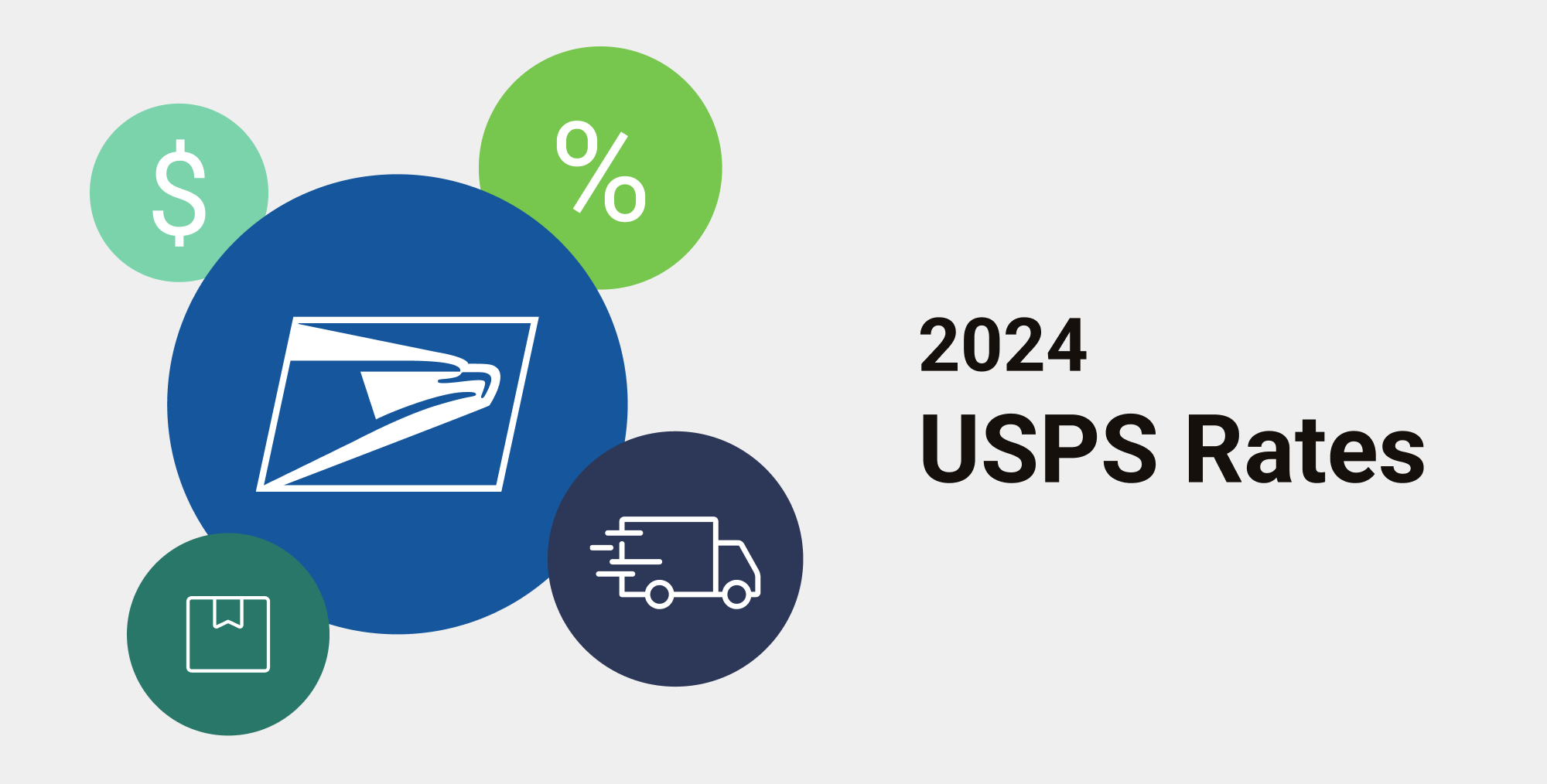3 Tips to Ease Managing your Inventory
This guest post was written by Chinh Nguyen, Co-Founder of Finale Inventory, a cloud-based inventory management system for small and medium businesses. Finale is intuitive and easy-to-use, but packed with powerful features such ShipStation & QuickBooks integrations, product kitting / bundling, and a fully integrated mobile barcoding solution.
Inventory is an important asset of any retailer, regardless of whether inventory is sold in a brick-and-mortar store, sold online on your website, or an online marketplace like eBay or Amazon. As you grow as a retailer, the more challenging it becomes to properly manage your inventory across all sales channels. In order to best maximize your cash flow and keep your inventory out of the warehouse and into the hands of customers, here are three general tips on managing your inventory.
1.) Leverage your historical data to make smart business decisions.
For many e-commerce retailers, inventory is the largest asset on the balance sheet, and in order to keep the money moving, be sure you are viewing the inventory on your shelves as cash you can’t spend.
Unless you recently started your business, you probably have enough historical data as a starting point to forecast sales. Look at historical records and analyze what products sold (and just as important, which ones didn’t). If possible, analyze product sales over multiple years to determine if there are any seasonal trends. If you’re a shoe retailer, having a large stock of snow gloves in stock may be fine in December, but may an obvious red flag if you have a similar sized stock in July.
2.) Meticulously organize your warehouse.
This is may be obvious, but many growing retailers do not take the time to properly organize their inventory. There are plenty of inefficiencies in disorganized warehouses, which ultimately increase costs and decrease productivity. Lay out inventory in your storage area in a way to allow you to make a quick assessment on what you have in hand. Make sure the most popular products are in the easiest to reach places. Use inventory labels on products and shelves to make sure the system is easy to maintain.
If you have more inventories than you can easily track via your Excel spreadsheet, you may need a technology-enabled solution. Consider implementing a barcode system to track your inventory. They have come down in price over the years and can efficiently streamline inventory management for small retailers.
3.) Keep accurate stock counts.
It’s important to accurately record the stocking data and update product pages when you’re backordered on a specific product. If your website says the product is available, make sure it’s available. There is no customer experience worse than ordering a product and later finding out that it’s out of stock. Not only did you create a disappointing customer experience, you jeopardize losing the customer to a competitor.
Even though it may seems tedious and feel like an inefficient use of time, a frequent physical count using Excel spreadsheets (or good ‘ol fashion pencil and paper) on a regular basis is one way to keep accurate tabs on quantity. To mitigate errors, it is preferable for single person to be in charge of inventory counting. As your inventory grows, using Excel may become unwieldy for a myriad of reasons, and you might consider upgrading to inventory management software – software designed to easily track your inventory.





